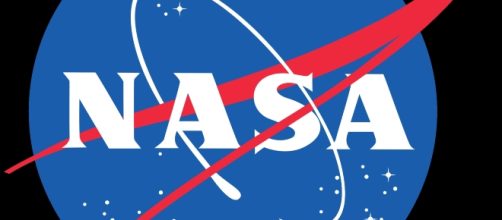Juno is a NASA mission intended to study Jupiter. Juno was launched on August 5, 2011 and is currently on its route to Jupiter. It´s expected to arrive to Jupiter on July 4, 2016. Juno is going to be placed on a polar orbit around Jupiter. This orbit will let the spacecraft study Jupiter’s composition, core´s structure, magnetic and gravity fields, and the auroras.
As of today, Juno is a little over 8 million km (5 million miles) from reaching its final space destination. It´s expected to arrive and be inserted into a polar orbit around Jupiter on July 4, 2016.
The spacecraft is undergoing a special technical maneuver to prepare it for its encounter with Jupiter, includingconstant communications between Juno and earth.
Pre-burn preparations
5 days ago, Juno´s principal engine protective shield was opened. This shield protects the engine from stellar debris and meteorites; the software program command was uplinked. On June 28, the propulsion system will be pressurized and the next day, all the instruments not projected for the insertion of Juno into an orbit around Jupiter will be shut down.All of Juno´s instruments are expected to be switched on in nearly two days after its Jupiter´s orbit insertion. The first images taken from Juno´s orbit around the gas giant are estimated to be released to the public two months after the event.
Jupiter
This is the fifth and largest planet in the solar system. It´s composed principally of hydrogen, one quarter helium, and traces of other heavier elements. Although, scientists have studied this planet in detail from earth, there are some things they don’t know about it yet, including the mass of its core, its age, and heavy element content. It´s not really known what causes its powerful magnetic field.
Science objectives
Being the largest planet in the solar system, it´s believed that Jupiter has been greatly influential in the formation of the solar system. To learn how this process may have occurred in the past, Juno spacecraft will study Jupiter´satmosphere and powerful swirlingstorms, its magnetic and gravitational fields. Juno will also research into the chemical elements of the gas giant and its water content; the structure of its core and the cause of the auroras at the poles.

